Few things are more frustrating for plant lovers than a lush, green plant that refuses to bloom. You water it, feed it, talk to it even—and still, no flowers! But before you give up, know this: non-flowering houseplants are a common issue, and the causes are often easy to identify (and fix).
Whether you’re caring for orchids, peace lilies, African violets, or hibiscus, flowering houseplants need a precise balance of light, nutrients, and care. Let’s explore why your houseplants aren’t flowering—and what you can do to encourage beautiful, consistent blooms.
1. Not Enough Light: The #1 Bloom Blocker
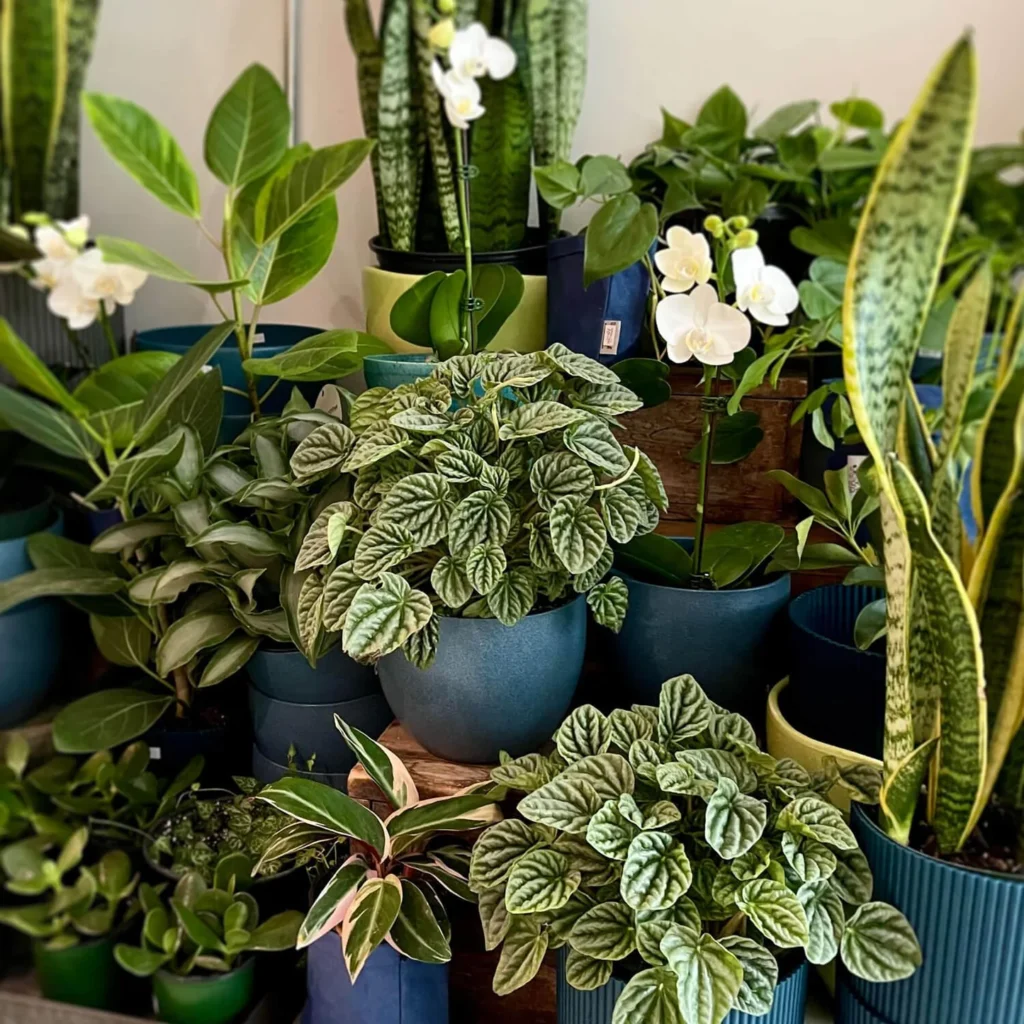
The most common reason houseplants don’t flower is insufficient light. In nature, flowering plants grow in bright, sunny conditions that trigger their natural blooming cycles. Indoors, however, the light intensity is much lower, even near windows.
Why It Happens
Light is essential for photosynthesis, which powers flower production. Without enough energy from sunlight, your plant focuses on basic survival—keeping its leaves green—rather than expending energy on blooms.
How to Fix It
- Assess your plant’s light needs. Some flowering plants like hibiscus or jasmine need at least 6–8 hours of direct sunlight daily, while others like African violets or peace lilies thrive in bright, indirect light.
- Relocate wisely. Move your plant closer to a bright window (preferably east or south-facing).
- Supplement with grow lights. LED grow lights can help mimic sunlight for indoor plants in low-light rooms.
Tip: A plant’s leaves turning pale or leaning toward the window are clear signs it’s craving more light.
2. Wrong Temperature and Humidity
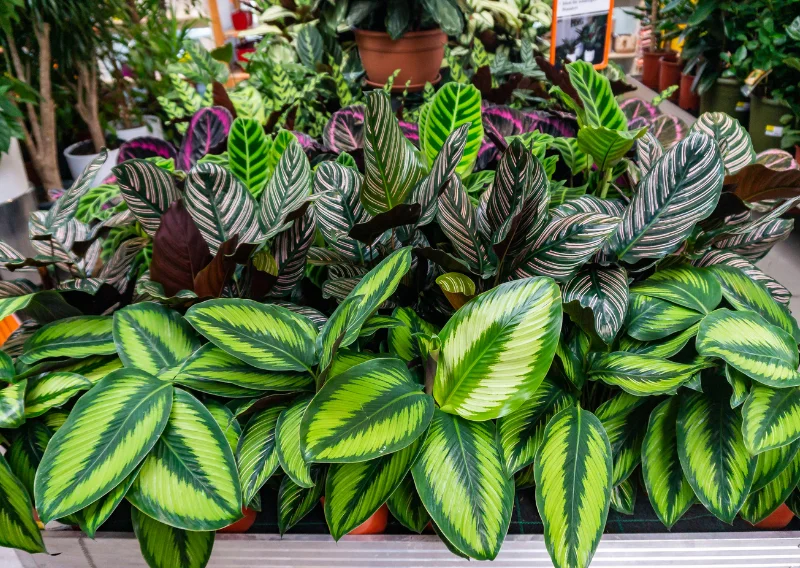
Many tropical flowering plants are sensitive to temperature changes. If your indoor environment is too cold, too hot, or has low humidity, the plant may go into “survival mode” and stop flowering.
Why It Happens
Flower buds are delicate and respond to stress. Sudden temperature drops, air conditioning drafts, or dry indoor heat can cause buds to drop or fail to form.
How to Fix It
- Keep the room temperature between 65–80°F (18–27°C) for most tropical plants.
- Avoid placing plants near AC vents, heaters, or drafty windows.
- Use a humidifier or place a tray of water with pebbles beneath pots to increase moisture levels.
Tip: Orchids, bromeliads, and begonias love humidity. A daily misting can do wonders for them.
3. Overfertilizing—or Using the Wrong Fertilizer
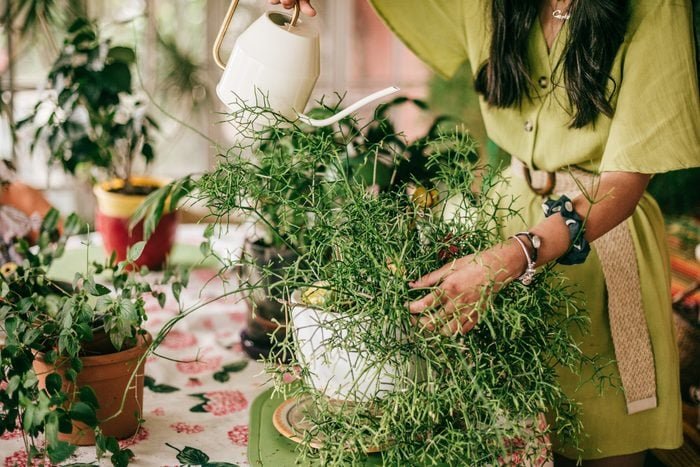
While fertilizers encourage growth, too much nitrogen (the first number on the NPK label) can cause your plant to grow more leaves and fewer flowers. Nitrogen supports foliage growth, but flowering plants need more phosphorus (P) for blooms.
Why It Happens
When plants receive excessive nitrogen, they put all their energy into lush green growth at the expense of flowers. The result: a beautiful plant with no blooms.
How to Fix It
- Choose a bloom-boosting fertilizer with a higher middle number—like 10-30-20 (N-P-K).
- Feed sparingly. Most indoor plants only need fertilizer every 4–6 weeks during their active growing season (spring and summer).
- Flush the soil occasionally. Excess fertilizer salts can build up in the soil—rinse it by running water through the pot for a few minutes every couple of months.
Tip: Use organic options like compost tea or liquid seaweed for gentle, natural feeding.
4. Watering Mistakes: Too Much or Too Little
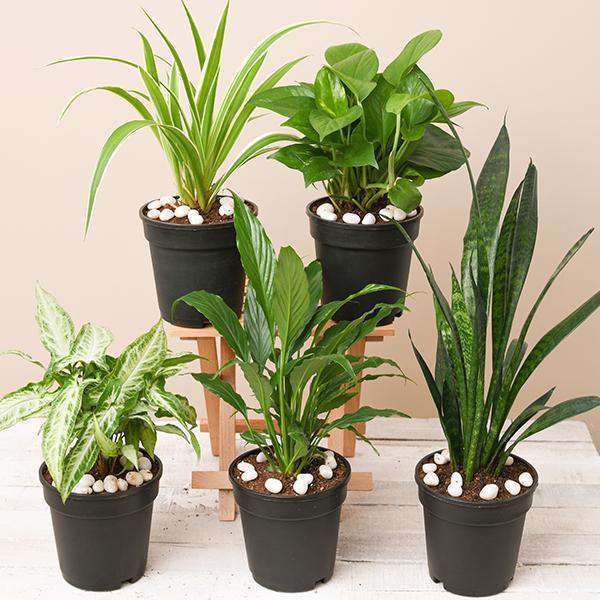
Inconsistent watering can severely stress your plants, preventing them from producing flowers. Overwatering causes root rot, while underwatering leads to dehydration—both of which halt blooming.
Why It Happens
Roots need oxygen and moisture balance to function properly. Overwatered roots suffocate, while dry roots can’t absorb nutrients efficiently, both making it impossible for the plant to flower.
How to Fix It
- Check soil moisture before watering. Stick your finger 1–2 inches deep—if it feels dry, it’s time to water.
- Use pots with drainage holes to prevent soggy soil.
- Adjust watering with the seasons. Plants need less water in winter and more in spring and summer when they’re actively growing.
Tip: Always empty saucers under pots after watering to avoid root rot.
5. Lack of Dormancy or Rest Period
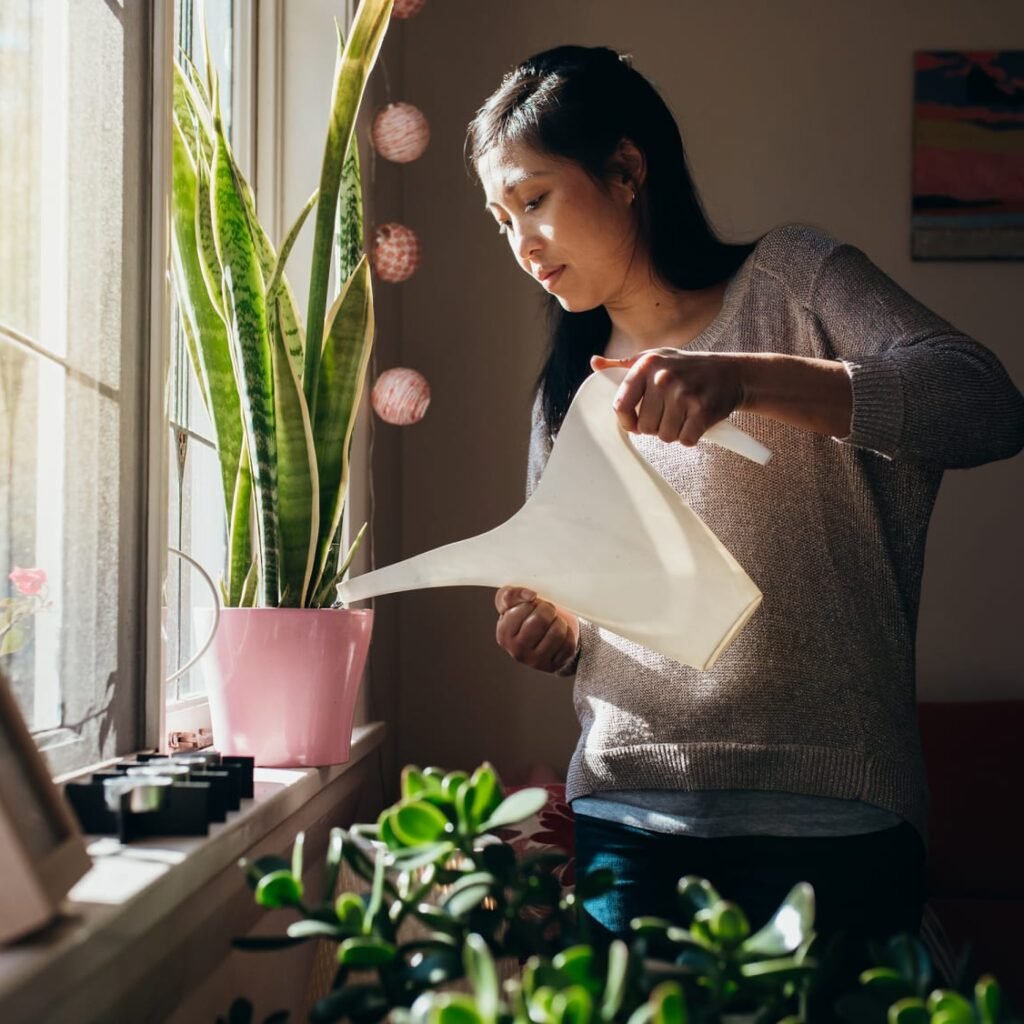
Some flowering plants, like amaryllis, cyclamen, and Christmas cacti, need a rest period before they can bloom again. If they’re not allowed to rest, they may stay alive but refuse to flower.
Why It Happens
In their natural habitats, many plants experience cooler, drier seasons that signal rest and regeneration. Without this dormancy, the plant doesn’t know it’s time to produce flowers again.
How to Fix It
- Research whether your plant needs a rest period.
- Gradually reduce watering and light during the dormant phase (usually in late fall or winter).
- After 6–8 weeks, resume regular care with increased light and watering to trigger blooming.
Tip: For bulbs like amaryllis, cut back foliage after blooming and store them in a cool, dark place before replanting.
6. Pruning and Pinching Mistakes
Pruning helps shape plants and encourages healthy growth, but incorrect or excessive pruning can remove flower buds or the stems where new buds would form.
Why It Happens
Some plants bloom on new growth (like hibiscus), while others bloom on old growth (like orchids or jasmine). Pruning at the wrong time can accidentally remove next season’s flowers.
How to Fix It
- Research the flowering pattern of your specific plant before pruning.
- For most houseplants, light pruning after flowering encourages new shoots and more blooms.
- Pinch back leggy stems to stimulate bushier, flower-producing growth.
Tip: Always use clean, sharp pruning shears to prevent plant disease.
7. The Plant Is Too Young—or Root Bound
Patience is key when it comes to flowering. Some plants need to mature before they’re ready to bloom, while others become stressed when their roots outgrow the pot.
Why It Happens
Immature plants aren’t biologically ready to flower yet. Conversely, a root-bound plant has limited space to grow and can’t absorb nutrients efficiently, preventing flowering.
How to Fix It
- Check the roots. If you see roots circling the bottom or coming out of the drainage holes, it’s time to repot.
- Choose a pot that’s 1–2 inches larger in diameter than the current one.
- Use fresh, nutrient-rich potting mix to rejuvenate the plant.
Tip: For young plants, focus on balanced nutrition and stable growing conditions before expecting blooms.
8. Stress and Environmental Shock
Even small changes—like moving your plant to a new spot, repotting, or changing humidity—can stress your plant. Stress often delays or completely halts flowering.
Why It Happens
Plants are creatures of habit. When conditions change suddenly, they redirect energy toward adapting rather than blooming.
How to Fix It
- Avoid moving plants frequently once they’re thriving.
- Introduce environmental changes gradually (for example, acclimate them to new light levels slowly).
- Give plants a few weeks to adjust after repotting before expecting blooms.
Tip: Keep a consistent watering, feeding, and light schedule to help your plants feel “secure.”
Bonus: Plants That Need a Little Extra Encouragement
Some plants are naturally shy bloomers indoors. To help them along, try “stress tricks” that mimic natural blooming cues:
- Temperature dip: For plants like Christmas cactus, a few cool nights (55–60°F / 13–16°C) can trigger flower buds.
- Shorter days: For photoperiod-sensitive plants like poinsettias, reduce light exposure to about 10 hours a day for several weeks.
- Phosphorus boost: A gentle dose of bloom fertilizer can wake up stubborn plants.
Final Thoughts: Patience + Care = Flowers
Getting your houseplants to bloom isn’t about luck—it’s about understanding their needs. Once you give them the right mix of light, nutrients, water, and environment, most plants will reward you with stunning, long-lasting flowers.
Remember, each plant has its rhythm. Be observant, stay patient, and adjust your care routine accordingly. Soon enough, those quiet, leafy plants will burst into color, filling your home with natural beauty and joy.
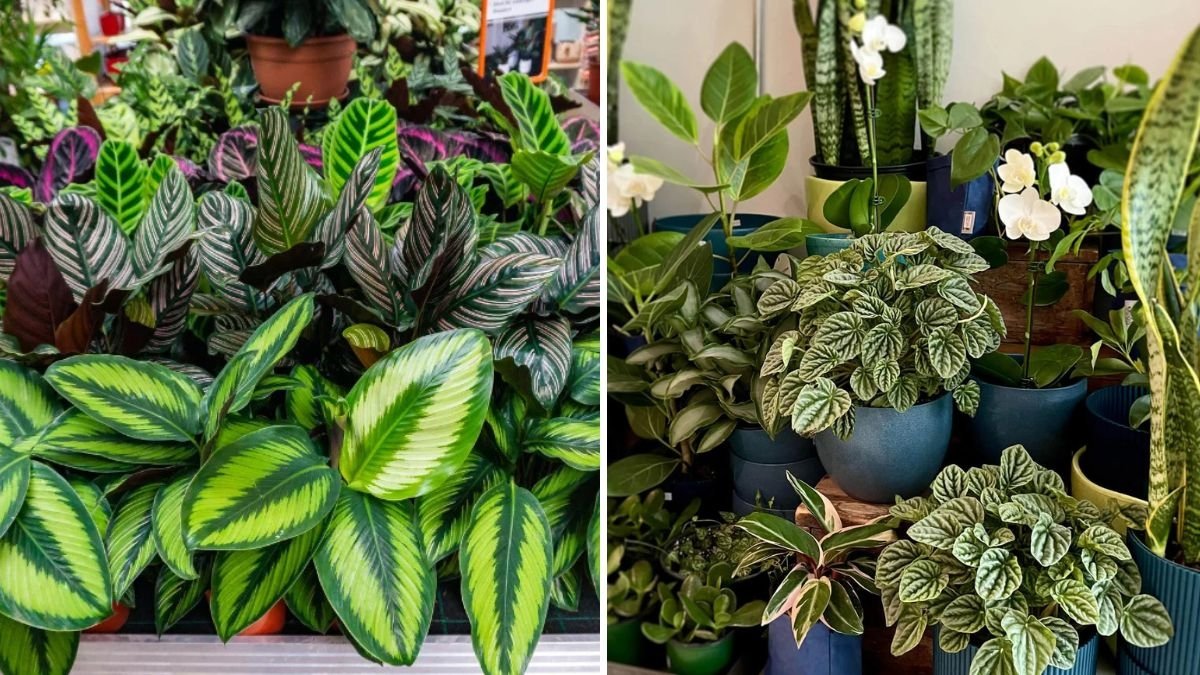




Leave A Comment